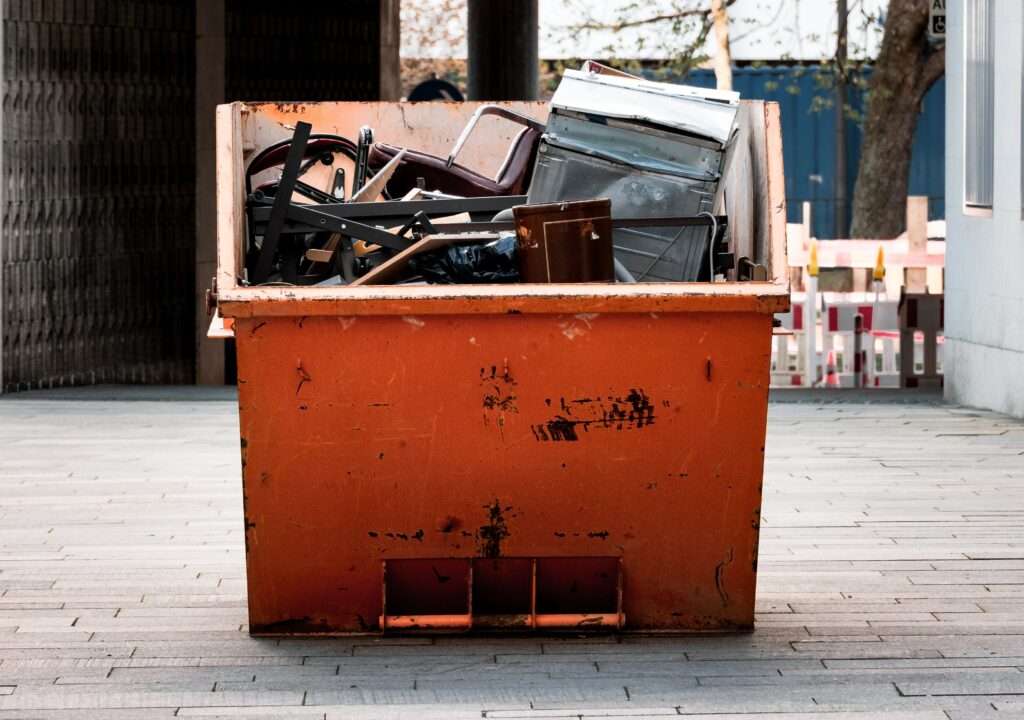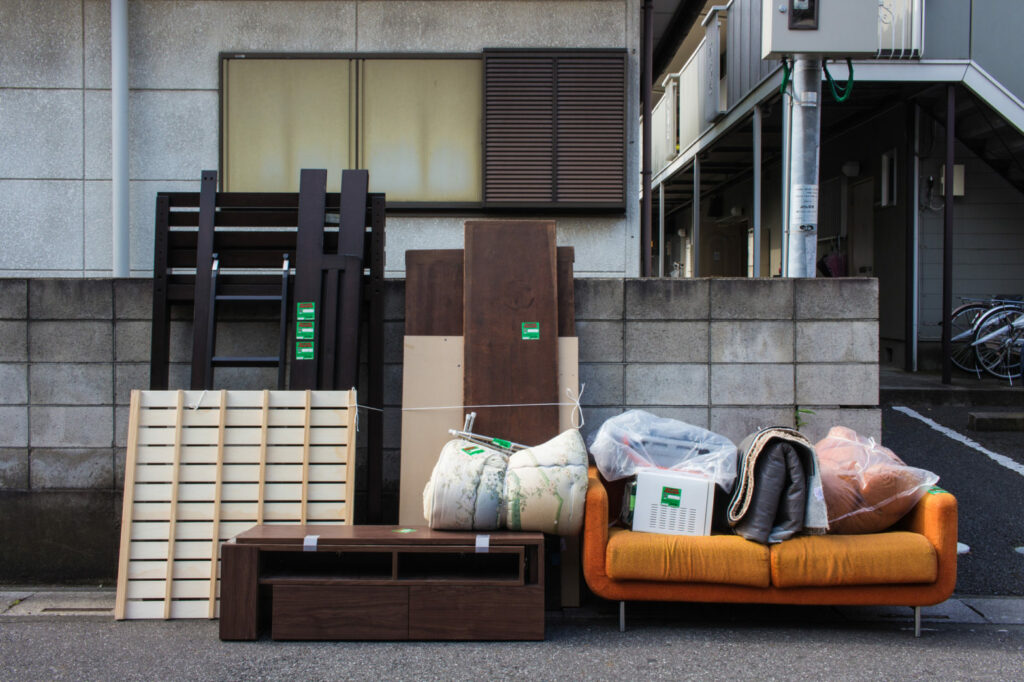When it’s time to bid farewell to your furniture in Japan, whether due to a move, an upgrade, or simply a change in style, it’s crucial to do so in an environmentally responsible manner. This blog post will walk you through how to dispose the various household items and different options available for disposing of furniture in Japan while emphasizing sustainable and eco-friendly practices.

- Sell or Donate: One of the most eco-friendly ways to dispose of furniture is by selling or donating it to someone in need. Online platforms like Mercari, Yahoo Auctions, and Facebook Marketplace provide easy ways to connect with potential buyers. Alternatively, consider donating your furniture to local charities, secondhand stores, or community centers. This way, your furniture finds a new home while reducing waste.
- Freecycle or Giveaway: Join local online communities, such as Freecycle or local Facebook groups, where you can offer your furniture for free. These platforms connect people who are interested in receiving free items. It’s a great way to give your furniture a second life and help someone in your community while minimizing waste.
- Furniture Recycling Centers: Many municipalities in Japan have furniture recycling centers that accept used furniture. These centers disassemble the furniture, recycle the materials, and dispose of any non-recyclable parts responsibly. Contact your local government or recycling center to find out the nearest facility and the requirements for drop-off.
- Arrange a Bulk Waste Collection: If your furniture is in poor condition and cannot be reused or recycled, contact your local municipal office to arrange a bulk waste collection. Most cities in Japan have specific days or procedures for collecting large items like furniture. Be sure to follow the guidelines and schedule the pickup to ensure proper disposal.
- Upcycle or Repurpose: Get creative and repurpose your furniture to give it a new lease on life. With a little imagination and DIY skills, you can transform an old piece into something functional and stylish. Consider painting, reupholstering, or repurposing furniture components into new items. This not only reduces waste but also adds a unique touch to your home.
- Seek Assistance from Manufacturers: Some furniture manufacturers offer take-back programs for their products. Contact the manufacturer of your furniture to inquire about any recycling or disposal services they may provide. They may have specific instructions or resources for recycling or responsible disposal of their products.
- Hire a Professional Removal Service: If you have large or heavy furniture that you can’t transport yourself, consider hiring a professional removal service. These services specialize in the proper disassembly, transportation, and disposal of furniture. Ensure that the company you choose has a commitment to eco-friendly practices and responsible waste management.
- Online Furniture Exchange Platforms: Utilize online furniture exchange platforms like “Home-ya” or “MoCoop” where you can offer your furniture for free or sell it at a reasonable price. These platforms connect people who are specifically looking for secondhand furniture, increasing the chances of finding a new home for your items.
When it’s time to dispose of furniture in Japan, it’s important to prioritize sustainable solutions. Selling, donating, upcycling, or recycling furniture helps reduce waste, conserve resources, and minimize environmental impact. Choose the method that aligns with your furniture’s condition and consider the options available in your local community. By adopting these eco-friendly practices, you can contribute to a more sustainable future while giving your furniture a chance at a new life. Let’s make responsible furniture disposal a priority in Japan.
Back to Our Blog https://speedymove.jp/blog/

